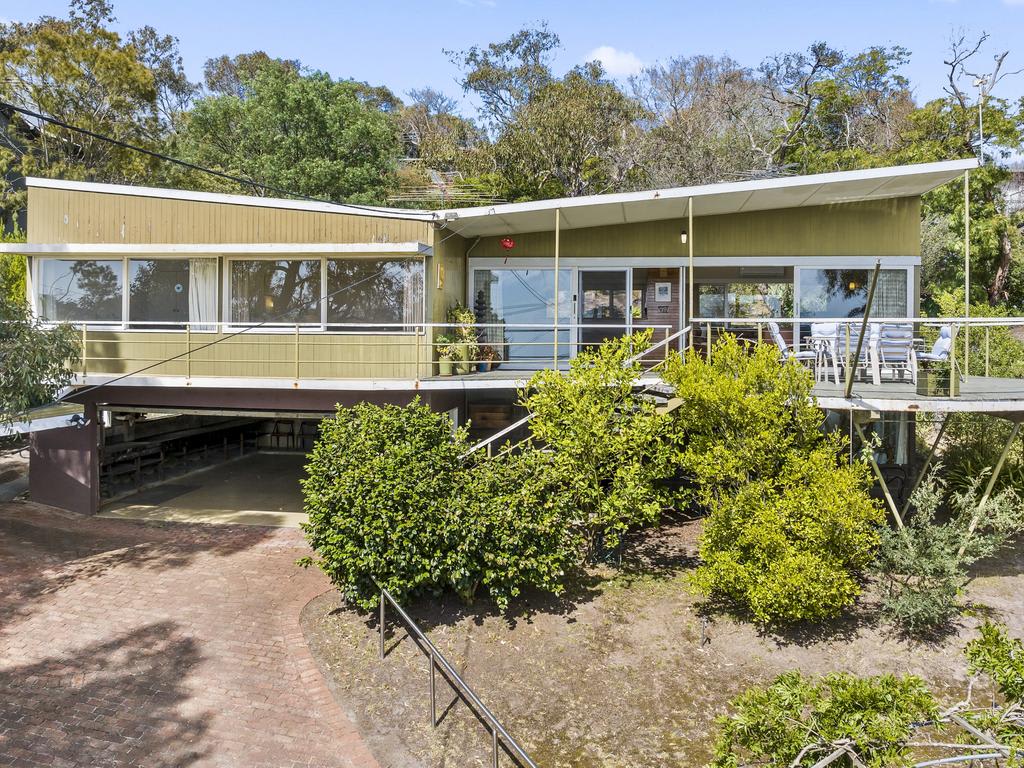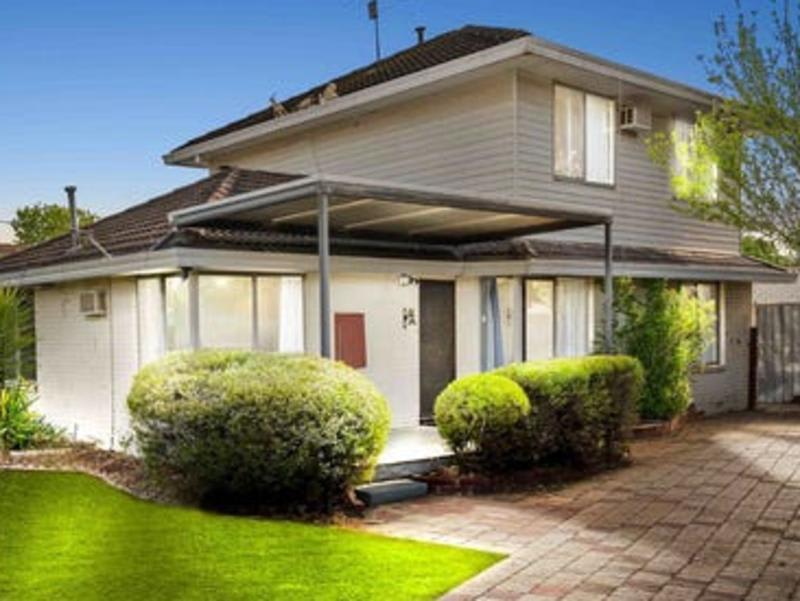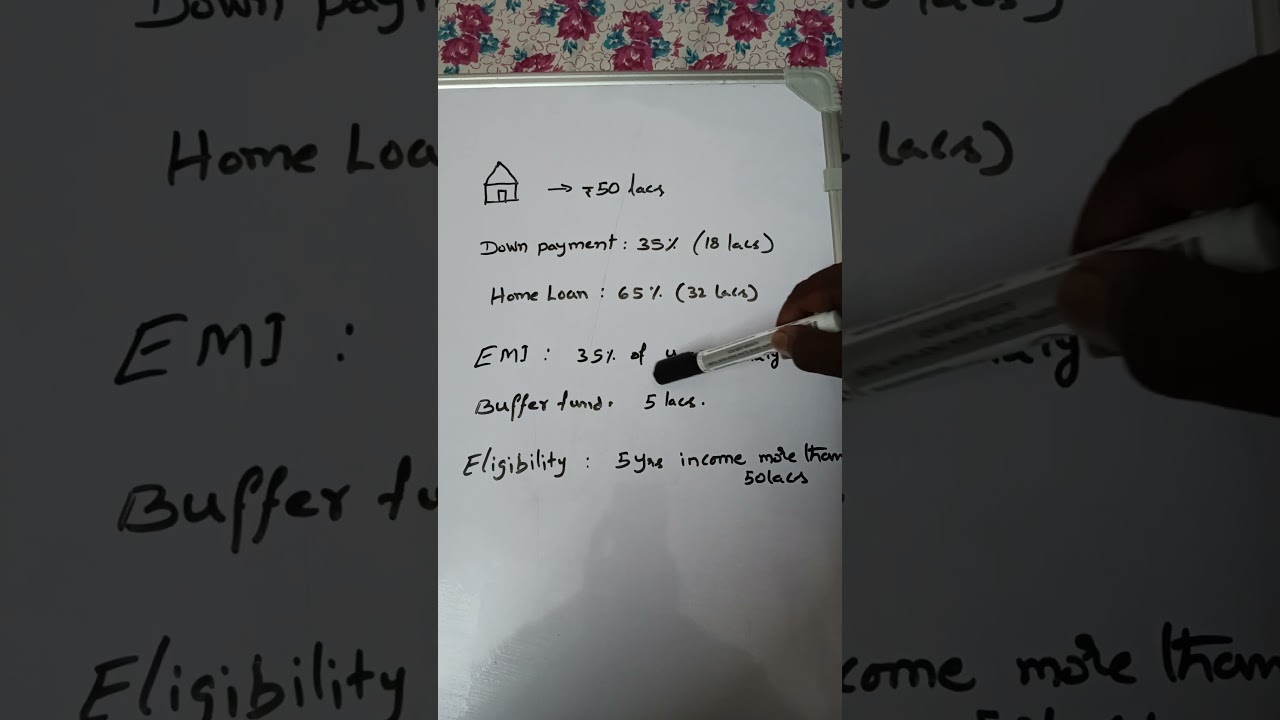
Australians are staring down the barrel of some truly epic house and unit price increases, with property values predicted to double across many areas in as little as five years.
There will also be some areas that go the other way, with home values expected to drop by hundreds of thousands of dollars, new real estate analysis shows.
The PropTrack modelling provided exclusively to News Corp revealed what property prices would be in each city and suburb by 2029 if price growth trends from the last five years were repeated.
FIND YOUR SUBURB IN OUR SEARCHABLE INTERACTIVE
The data paints a frightening picture of the kind of landscape facing new buyers by the end of the decade, while also showing just how much wealth current homeowners may attain from their properties.
Home buyers could expect to pay over $1m for a house in many prominent regional areas and substantially more in the country’s biggest cities if markets continue on their current path, the modelling showed.
This will make affordability even more challenging than it already is, while homeowners in the highest growth areas could pocket more than a million in equity gains by 2029, in some cases.
Economist Paul Ryan said the study was not a forecast but a “thought exercise” to illustrate some of the probabilities for the market, noting that past performance was not an indicator of coming price changes.
MORE NEWS: Revealed: SA’s most expensive suburbs, and where you can get a bargain!
PropTrack economist Paul Ryan. Picture: Supplied
He added that some of the trends that drove prices to record highs over the past five years remain entrenched in the market and will likely spur more price rises.
Real estate forecasts for the next five years
Mr Ryan pointed to sluggish building activity, strong population growth and buyers with large deposits offsetting some of the impact of higher interest rates, particularly over the coming year.
“We’ll still see prices increasing over the next 12 months to two years because of the demand versus supply story, and expectations that interest rates will fall maybe early to mid-next year,” he told The Courier Mail.
It comes as PropTrack’s monthly Home Price Index released today showed property prices hit a record high nationally over May.
National home prices lifted 0.3 per cent for the month, bringing total growth this calendar year to 2.73 per cent.
It also means national prices are 9.58 per cent higher than they were in December 2022.
Rises were particularly strong in smaller capitals such as Brisbane, Adelaide and Perth, with the former overtaking Melbourne to become the second most expensive housing market behind Sydney.
MORE NEWS: House prices tipped to rise by almost $50k
PropTrack senior economist Eleanor Creagh. Photo: Supplied
MORE NEWS: Revealed: Big bank insider predictions for 2025
Economist Eleanor Creagh said the prospect of prolonged higher interest rates could take some heat out of the market, but the other forces that have pushed up home values would likely persist for some time.
“Building activity remains challenged by capacity constraints and higher costs, with consequent tight housing supply pushing prices and rents higher,” she said.
“This mismatch between supply and demand is continuing to offset the higher interest rate environment. Further, current interest rate stability has sustained buyer and seller confidence.”
What will houses be worth in 2030 in Australia?
Property prices in many suburbs could be on track to nearly double, according to the predicted house prices, but there will be wide variation across regions and cities:
BOOM SUBURBS ACROSS THE NATION
SYDNEY
Iconic Sydney Harbour. Picture: iStock
TOP FIVE GROWTH SUBURBS
• Caddens
Area: Outer west
Current median (all dwellings): $1,263,000
Five-year change: 96%
Median in 2029: $2,471,000
• Putney
Area: North Shore
Current median: $3,575,000
Five-year change: 95%
Median in 2029: $6,984,000
• Copacabana
Area: Central Coast
Current median: $1,685,000
Five-year change: 91%
Median in 2029: $3,226,000
• Bardia
Area: Outer southwest
Current median: $925,000
Five-year change: 90%
Median in 2029: $1,761,000
• North Willoughby
Area: North Shore
Current median: $2,950,000
Five-year change: 88%
Median in 2029: $5,539,000
MELBOURNE
Melbourne’s stunning skyline. Picture: Tennis Australia/NICK LA GALLE
TOP FIVE GROWTH SUBURBS
• Blairgowrie
Area: Mornington Peninsula
Current median (all dwellings): $1,600,000
Five-year change: 65%
Median in 2029: $2,634,000
• Rye
Area: Mornington Peninsula
Current median: $1,100,000
Five-year change: 63%
Median in 2029: $1,797,000
• Somers
Area: Mornington Peninsula
Current median: $1,475,000
Five-year change: 63%
Median in 2029: $2,407,000
• Mount Martha
Area: Mornington Peninsula
Current median: $1,395,000
Five-year change: 58%
Median in 2029: $2,199,000
• Werribee South
Area: Melbourne-West
Current median: $700,000
Five-year change: 51%
Median in 2029: $1,054,000
BRISBANE
Brisbane’s face has changed in recent years and its home prices are tipped to as well. Pic: Supplied.
TOP FIVE GROWTH SUBURBS
• Woodford
Area: Moreton Bay-North
Current median (all dwellings): $740,000
Five-year change: 111%
Median in 2029: $1,565,000
• Wamuran
Area: Moreton Bay-North
Current median: $1,140,000
Five-year change: 104%
Median in 2029: $2,331,000
• Riverview
Area: Ipswich
Current median: $485,000
Five-year change: 100%
Median in 2029: $971,000
• Seven Hills
Area: Brisbane Inner City
Current median: $1,433,000
Five-year change: 100%
Median in 2029: $2,866,000
• Seventeen Mile Rocks
Area: Brisbane-West
Current median: $1,125,000
Five-year change: 99%
Median in 2029: $2,240,000
ADELAIDE
Adelaide’s CBD and the foothills and suburbs beyond. Picture: Stephen Brookes.
TOP FIVE GROWTH SUBURBS
• Elizabeth North
Area: Adelaide-North
Current median (all dwellings): $405,000
Five-year change: 131%
Median in 2029: $937,000
• Elizabeth Downs
Area: Adelaide-North
Current median: $405,000
Five-year change: 125%
Median in 2029: $911,000
• Elizabeth South
Area: Adelaide-North
Current median: $390,000
Five-year change: 120%
Median in 2029: $857,000
• Sellicks Beach
Area: Adelaide-South
Current median: $708,000
Five-year change: 114%
Median in 2029: $1,517,000
• Elizabeth Park
Area: Adelaide-North
Current median: $430,000
Five-month change: 113%
Median in 2029: $915,000
HOBART
Picturesque Hobart and surrounds. Picture: Supplied
TOP FIVE GROWTH SUBURBS
• Primrose Sands
Current median (all dwellings): $480,000
Five-year change: 92%
Median in 2029: $922,000
• Rokeby
Current median: $583,000
Five-year change: 88%
Median in 2029: $1,095,000
• New Norfolk
Current median: $471,000
Five-year change: 87%
Median in 2029: $880,000
• Bridgewater
Current median: $405,000
Five-year change: 71%
Median in 2029: $691,000
• Midway Point
Current median: $613,000
Five-year change: 70%
Median in 2029: $1,038,000
PERTH
Perth, WA at sunset. Photo: Tourism WA
TOP FIVE GROWTH SUBURBS
• Cooloongup
Area: Perth-South West
Current median (all dwellings): $510,000
Five-year change: 107%
Median in 2029: $1,057,000
• Marmion
Area: Perth-North West
Current median: $1,758,000
Five-year change: 104%
Median in 2029: $3,581,000
• Darlington
Area: Perth – North East
Current median: $1,075,000
Five-year change: 101%
Median in 2029: $2,160,000
• Camillo
Area: Perth – South East
Current median: $453,000
Five-year change: 97%
Median in 2029: $892,000
• Parmelia
Area: Perth-South West
Current median: $470,000
Five-year change: 96%
Median in 2029: $920,000






